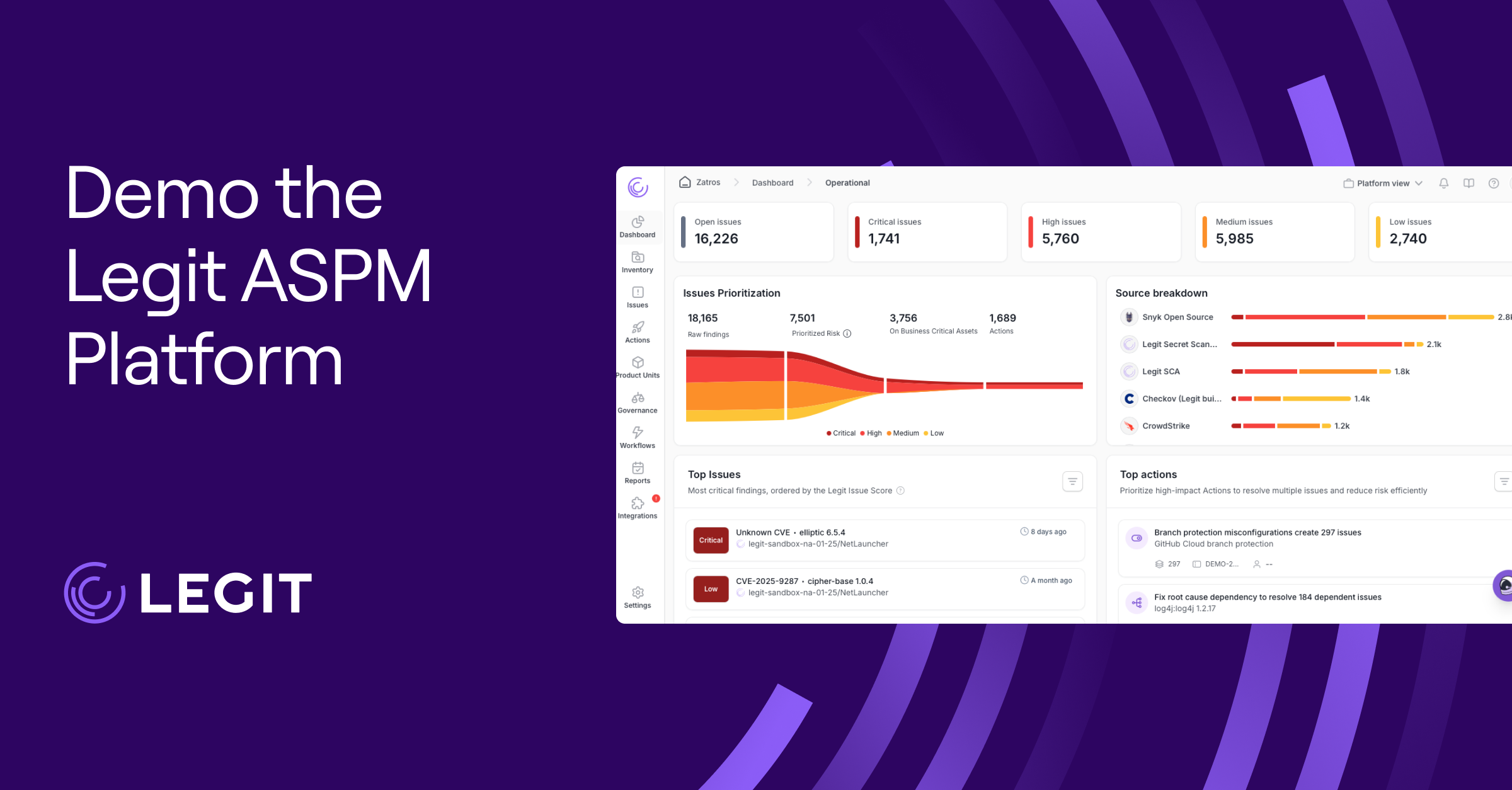Cyberattacks don’t always start with malware or exploit code. Some attackers bypass technical defenses by going after something more vulnerable—your identity.
Identity-based attacks use stolen or spoofed credentials to slip past firewalls, masquerade as legitimate users, and quietly gain access to sensitive systems. These threats often don’t trigger traditional alarms because they look like normal behavior on the surface.
Understanding how identity-based attacks work and why they’ve become such a reliable entry point for attackers is the first step toward shutting them down.
What Are Identity-Based Attacks?
Identity-based attacks target credentials, trust relationships, and access permissions to bypass traditional defenses. Rather than breaking in through a technical vulnerability, attackers often log in using stolen usernames and passwords. Once they’ve gained a foothold, they operate under the guise of a legitimate user, making their activity hard to spot with standard monitoring tools.
These identity threats have become more common as organizations shift to remote work, rely on cloud identity providers, and expand software as a service (SaaS) access. As a result, identity-based security should be a key component of modern defense strategies—shifting the focus from traditional perimeters to the credentials themselves.
Why Are Identity-Based Attacks Important?
Identity-based attacks are particularly dangerous because they bypass the defenses organizations depend on. Once cybercriminals compromise an identity—whether human or machine—they access systems and data through standard login flows instead of through malware or exploits. That makes their actions blend in with legitimate user behavior, increasing dwell time and the potential impact before anyone notices something wrong.
These identity attacks threaten compliance, customer trust, and even revenue. For individuals, that might mean identity theft or fraudulent activity. For organizations, the risks could extend to intellectual property theft and financial penalties for regulatory violations.
As attackers target identification security rather than perimeter defenses, it’s clear that securing identity has become just as important as securing infrastructure. That includes embedding identity controls into the entire secure software development life cycle (SDLC) and adopting practices like detection as code to surface misuse before it becomes a breach.
8 Types of Identity-Based Attacks
Identity-based attacks target credentials and access points, making them harder to detect and easier to launch. Understanding these tactics is key to building a strong security identity posture beyond traditional defenses. Here’s a guide to a few common strategies:
1. Phishing Attacks
Phishing remains one of the most successful identity attack techniques because it preys on human behavior. By impersonating a trusted source, attackers trick users into sharing credentials or clicking on malicious links. They often use these attacks as the first step in broader campaigns and can act as a social identity threat, especially when impersonating trusted individuals or brands. More targeted variants include spear phishing, which zeroes in on individuals, and whaling, which goes after executives.
Poor secrets hygiene can also fuel identity attacks. For example, exposed credentials in version control or CI/CD tools can provide attackers with direct access. Secrets management best practices and real-world cases like the SonarQube incident show how mismanaged access can open the door long before phishing begins.
2. Credential Stuffing
Attackers use credential stuffing to test large volumes of stolen login pairs, often purchased from previous breaches, against unrelated systems. Because password reuse is so common, attackers can usually gain access without triggering rate-based alarms. Once in, they can collect sensitive data or establish persistence in the environment.
3. Man-in-the-Middle Attacks
In a man-in-the-middle (MitM) attack, the attacker intercepts user and system communication. This can lead to stolen credentials, session hijacking, or unauthorized transactions. These attacks typically occur on unsecured networks or where encryption is poorly configured.
4. Pass-the-Hash Attacks
Pass-the-hash attacks allow adversaries to authenticate using stolen NTLM password hashes instead of cracking them. Once attackers gain access to a system, they can extract these hashes and reuse them to move laterally across the network.
This technique is primarily effective in Windows environments that rely on Active Directory, where NTLM hashes are commonly used and stored in memory. This tactic is far less viable in non-Windows systems or environments that use salted hashes or modern authentication protocols.
5. Multi-Factor Authentication Fatigue Attacks
Multi-factor authentication (MFA) is no silver bullet. Attackers now abuse it by sending repeated MFA prompts to a target’s device, hoping the user will approve one out of confusion or frustration. This tactic, often called MFA fatigue, has become a common workaround when phishing or brute-force attempts fail.
6. Golden Ticket Attacks
Golden ticket attacks allow adversaries to generate their own authentication tokens, specifically Kerberos Ticket Granting Tickets (TGTs), after compromising a domain controller’s krbtgt hash. With a forged golden ticket, they can impersonate any user—including domain admins—and maintain stealthy, long-term access to the network.
7. Silver Ticket Attacks
Unlike golden ticket attacks, silver ticket attacks focus on forging service-specific authentication tokens without needing to interact with the domain controller. Once created, these tickets give attackers access to specific services under the guise of legitimate users and can be harder to detect because the usual logging points aren’t triggered.
8. Kerberoasting
Kerberoasting targets service account credentials in Microsoft Active Directory. Attackers request encrypted service tickets tied to these accounts and attempt to crack them offline. If successful, they gain reusable credentials for privileged services without triggering alerts during the cracking process.
How to Prevent Identity-Based Attacks
Identity-based threats aren’t just a technical problem but a trust problem. Preventing them requires layered defenses focusing on access, behavior, and verification across your environment.
Here are some of the most effective strategies for reducing your identity attack surface:
Use Multi-Factor Authentication
MFA significantly raises the bar for attackers by requiring a second verification form, like a mobile code, biometric scan, or hardware token, before granting access. It's one of the most effective countermeasures against stolen credentials.
SMS-based MFA, which sends the user a text to verify their identity, is no longer enough. More resilient options like FIDO2 keys or authenticator apps better defend against phishing, token hijacking, and MFA fatigue tactics that try to overwhelm users into approving rogue requests.
Enforce Stronger Password Requirements
Stronger passwords are about predictability. Move toward longer passphrases that are easier for users to remember and harder for attackers to guess. Check passwords against known breach lists, enforce unique credentials per system, and encourage password managers where feasible. Weak or reused passwords still fuel many credential stuffing and password spraying attacks.
Adopt a Zero Trust Security Model
Zero Trust assumes compromise by default. Security systems continuously verify every user, device, and request, regardless of origin. This model blocks lateral movement by limiting access based on identity and real-time context. It’s particularly useful when dealing with stolen session tokens or forged authentication attempts, like golden or silver ticket attacks.
Monitor for Behavioral Anomalies
Sophisticated identity attacks often look normal on the surface. That’s where behavioral analytics comes in. Monitoring tools can flag login attempts from unusual locations, unexpected time zones, or sudden privilege changes, which may indicate an account takeover. Detection systems powered by AI and user behavior baselines give security teams a faster path to containment.
Limit Privileges With Role-Based Access
A user doesn’t need admin rights to read email. Least privilege access and role-based controls reduce the damage an attacker can do if they compromise an account. This is especially important in cloud and CI/CD environments where a single identity might unlock dozens of services. Regularly reviewing and revoking excess permissions is one of the most straightforward ways to cut risk exposure.
Educate End Users
People remain one of the most exploited vulnerabilities in identity-based attacks. Ongoing security awareness training helps employees and end users recognize phishing emails, social engineering tactics, and MFA fatigue attempts. Simulated phishing tests and clear reporting procedures turn users into active defenders—not passive targets.
Protecting Against Identity-Based Attacks With Legit Security
Identity-based attacks exploit the trust placed in user credentials, and traditional defenses often miss them. Defending against these threats means layering prevention, such as MFA, Zero Trust, and behavioral monitoring, with visibility into how identities are used throughout the SDLC.
Legit Security helps you do exactly that by detecting identity risks across your SDLC, securing credentials, and enforcing best practices in your pipelines before attackers can take advantage. Request a demo today.
Download our new whitepaper.


